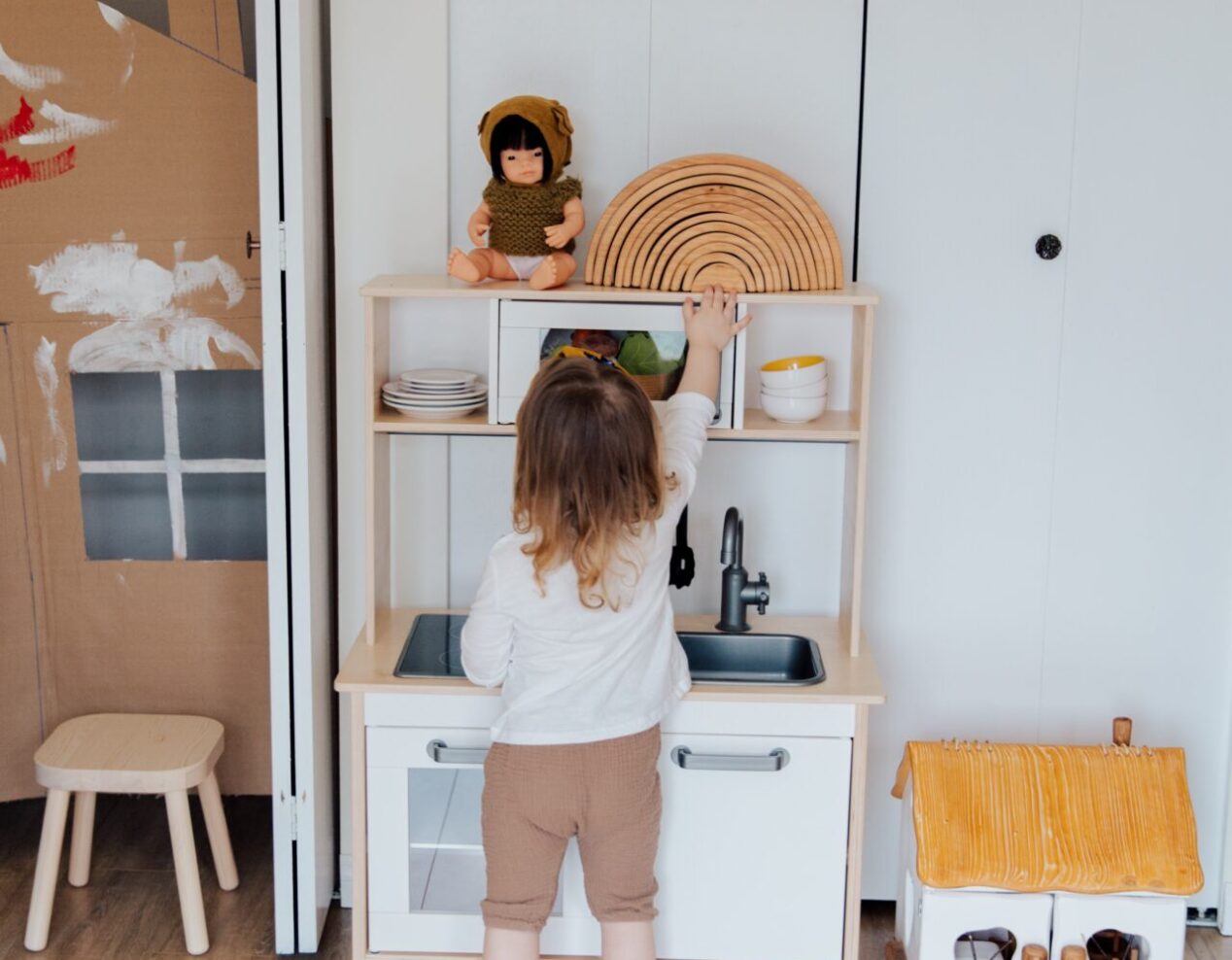Introducing an open cup to your child

While it might sound surprising, presenting an open cup to a baby has its advantages over the common sippy cups.
Dentists and speech therapists often recommend open cups. This is because using them aids in strengthening the oral muscles, which play a crucial role in sound production and reducing excessive drooling.
Getting acquainted with an open cup enables the baby to get used to a tiny volume of liquid that touches their lips without the usual suckling action like on a bottle or breast. Even though hydration primarily comes from milk at this stage, sips of water can aid in alleviating constipation and also allows the young ones to get familiarized with the taste of water.
Tips for open cup initiation:
- A good time to introduce an open cup is during seated snack or meal times, especially once finger foods become part of their diet.
- Begin by pouring a minimal quantity of water—just a tad—and demonstrate how to sip from the cup.
- Initially, it might seem like playtime with the baby possibly emptying the contents, tapping the cup rhythmically, or even letting it tumble. This is all part of the learning process, grasping concepts like containment, the action-reaction principle, and the laws of gravity. Thankfully, it’s merely water causing no harm.
- As weeks pass by, they’ll gradually grasp the technique to angle the cup rightly, managing to sip the water.
- Stick to a limit of one to two ounces of water daily, bearing in mind that their primary hydration source remains to be breastmilk or formula.
- For those moments when there’s a rush or a worry about potential spills, straw cups come to the rescue. They exercise different mouth muscles compared to open cups and stand as a better alternative to sippy cups. Balancing between straw cups for travel and open cups during stationary meal times can be the ideal approach.



